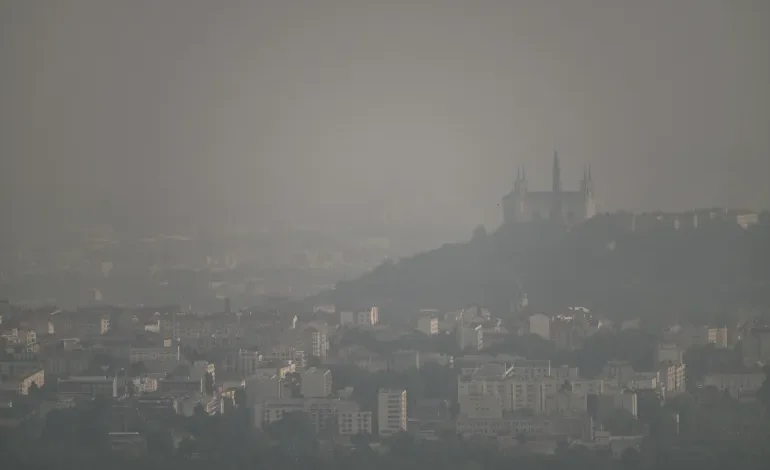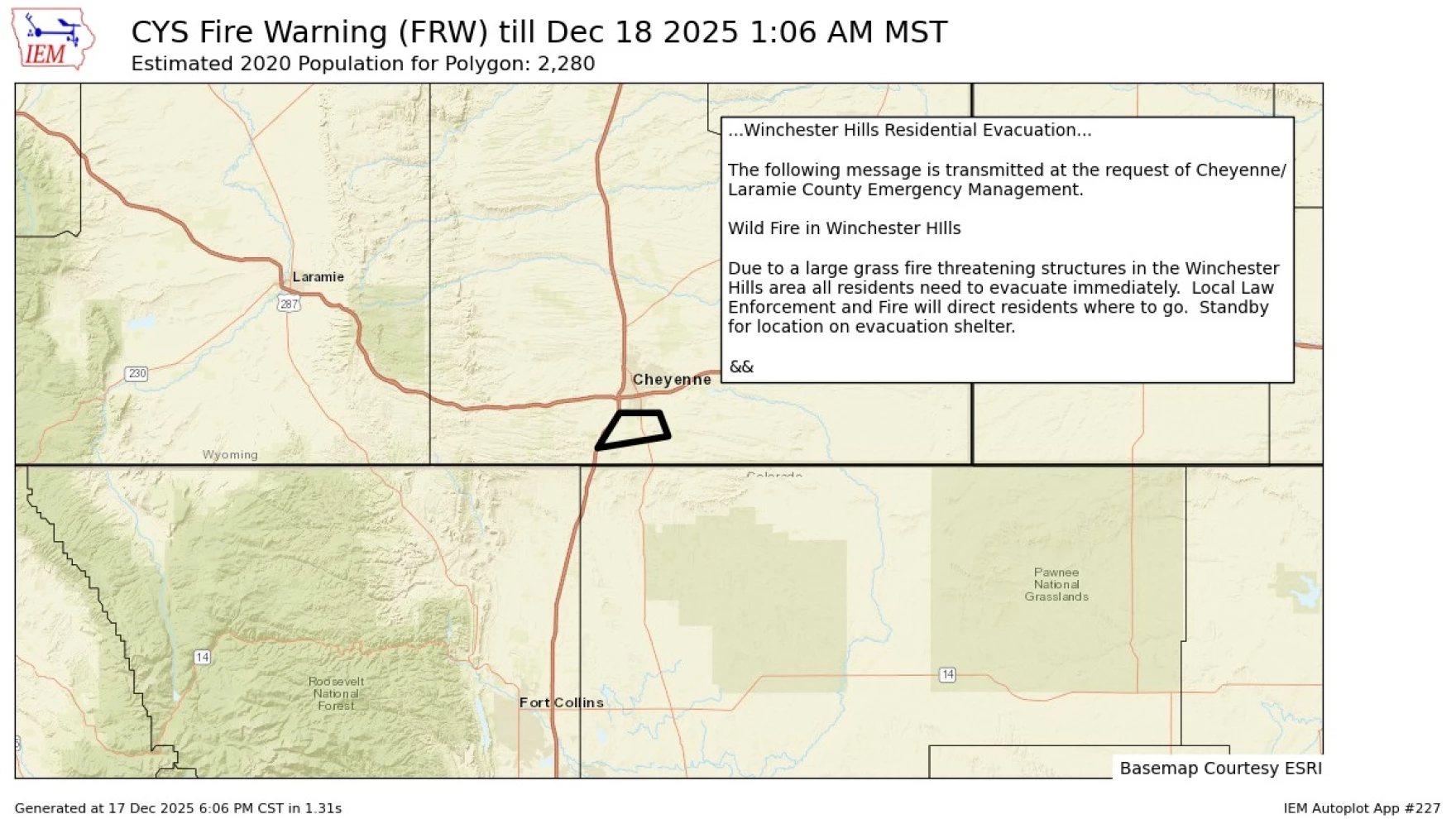May 2025 Becomes Second-Hottest on Record Amid Extreme Heat, Mixed Global Climate Action

The world just experienced its second-warmest May since temperature records began, according to the European Union’s Copernicus Climate Change Service (C3S). The agency’s monthly bulletin reported that average global surface temperatures in May were 1.4°C (2.5°F) above the 1850–1900 pre-industrial baseline — a key reference period before the widespread use of fossil fuels.
Notably, this marked the first time in nearly two years that a monthly global average did not exceed the critical 1.5°C warming threshold.
“May 2025 breaks an unprecedentedly long sequence of months over 1.5°C above pre-industrial levels,” said C3S Director Carlo Buontempo. “While this may offer a brief respite, the continued warming of the climate system means we expect the 1.5°C level to be surpassed again soon.”
Temperature anomalies were most severe across western Antarctica, the Middle East, western Asia, northeastern Russia, and parts of northern Canada.
In Pakistan, extreme heat scorched the city of Jacobabad in Sindh province, where temperatures regularly soared above 48°C (118°F), occasionally reaching a blistering 50°C (122°F). The region is still reeling from a deadly 2024 heatwave that killed over 560 people in southern Pakistan.
“While a 20°C rise might not sound catastrophic to some, it’s a massive disruption in this region,” said climate scientist Friederike Otto of Imperial College London. “Without human-caused climate change, events like this would be virtually impossible.”
Smoke from Canadian wildfires also blanketed parts of Europe, including Lyon, France, further underscoring the far-reaching impacts of climate extremes.
Meanwhile, a separate report from the World Weather Attribution (WWA) group found that Greenland’s ice sheet melted 17 times faster than average during the May heatwave — an event that also affected Iceland.
The climate crisis continues to unfold against a backdrop of uneven international response.
While China and the European Union have shown signs of progress, the United States under President Donald Trump has reversed course. Trump’s renewed focus on fossil fuel expansion — including his “drill, baby, drill” rhetoric — comes even as the U.S. faces worsening natural disasters, such as the massive wildfires that ravaged Los Angeles late last year.
In addition, the tech industry’s surging demand for electricity — fueled by artificial intelligence and data center growth — is driving up emissions globally, according to a recent United Nations telecom agency report.
Still, there are signs of optimism:
- China’s emissions dropped 1.6% in the first quarter of 2025 compared to the same period last year, thanks to a sharp rise in wind, solar, and nuclear energy. Analysts at Carbon Brief suggest this could signal a lasting decline in emissions from the world’s largest polluter.
- The European Union reported that it remains on track to cut greenhouse gas emissions by 55% by 2030. EU Climate Commissioner Wopke Hoekstra highlighted that emissions have already fallen 37% since 1990, even as the bloc’s economy grew by nearly 70%.
- In the Caribbean, regional leaders recently convened to boost efforts to restore mangrove forests, which play a crucial role in absorbing carbon, protecting coastlines, and reducing storm impacts.
With input from Al Jazeera









The latest news in your social feeds
Subscribe to our social media platforms to stay tuned